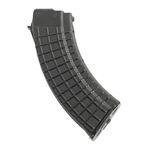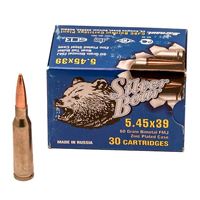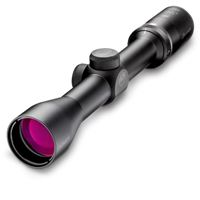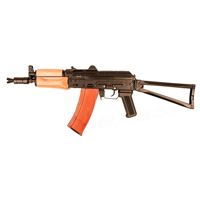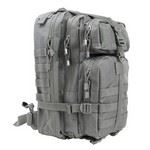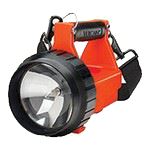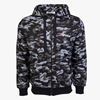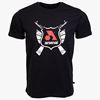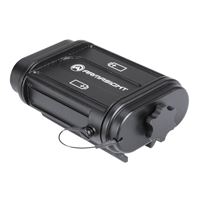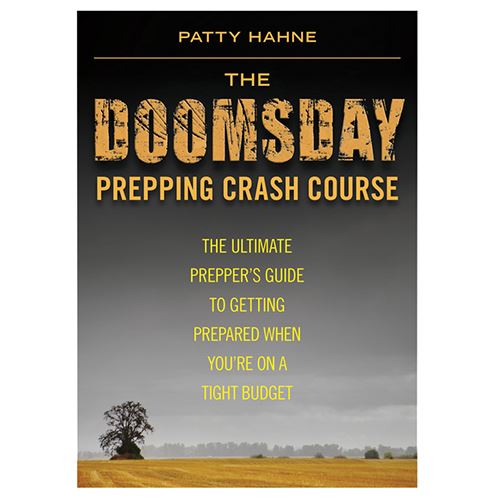Everyday, we are bombarded with the freshest information. We hope the information is legitimate, and we weigh our alternatives. Choosing an option involves a mix of assessments and choices colored by innate biases and too often, flawed assumptions.
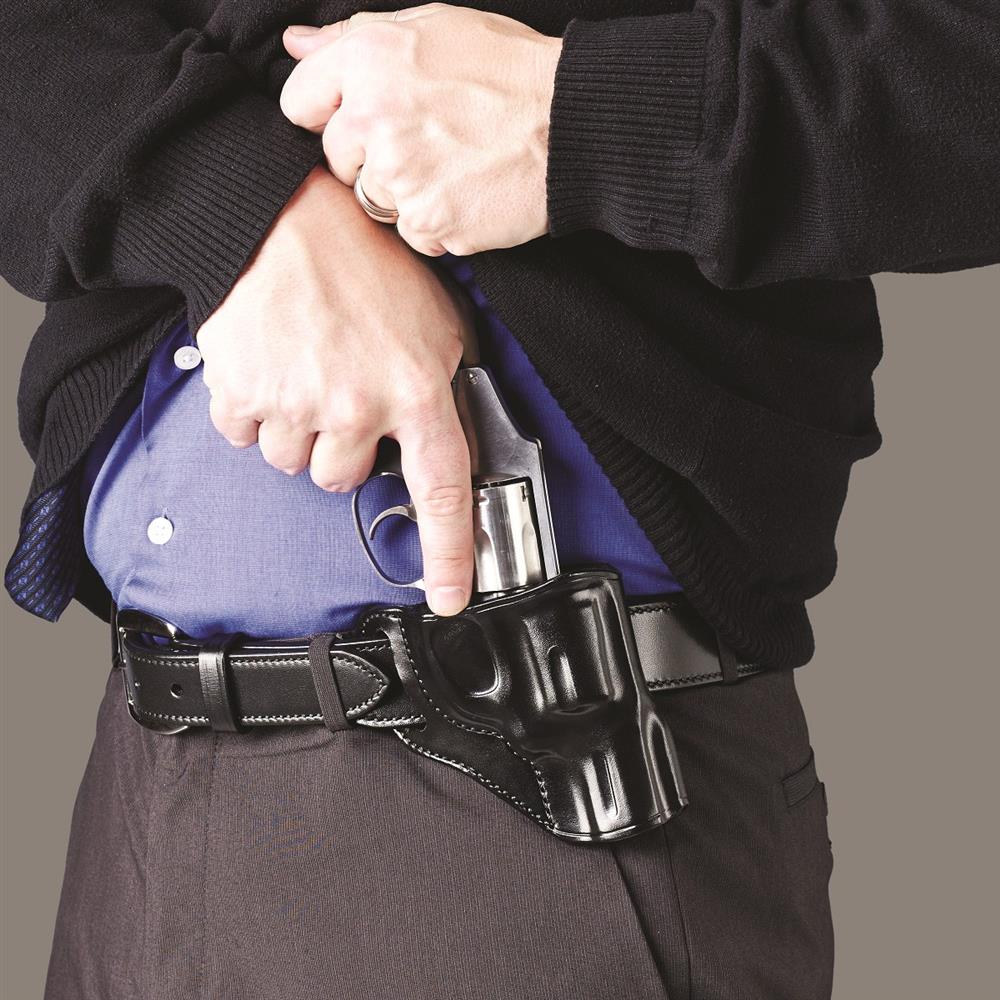
Our prejudices are born of personal experience. Personal experience and research should be components of our decision with the most weight given to things that influence our judgement and which will survive a few rungs up on the logic ladder. We like to rely on experts with significant experience for help in making decisions. Unfortunately, some information leads to decisions that do not make sense. Experienced individuals rely on their own history; this is termed implicit knowledge. Implicit knowledge is valuable, it is the knowledge we have that is proven and irrefutable.
Implicit knowledge works in fast-moving situations in which there is only one right answer. First responders including fire, police, and EMS, do not ponder possible avenues—they know the right answer for the situation. Implicit knowledge speeds up reaction time. We have to keep training and build knowledge relentlessly, so that we are able to build past experience into an answer for difficult reality. Information processing should be effective and rational.
Over time, we have all developed systematic biases that must be addressed. Only reality is useful in choosing training, handguns, and accessories. We must be formidable individuals in order to deter crime.
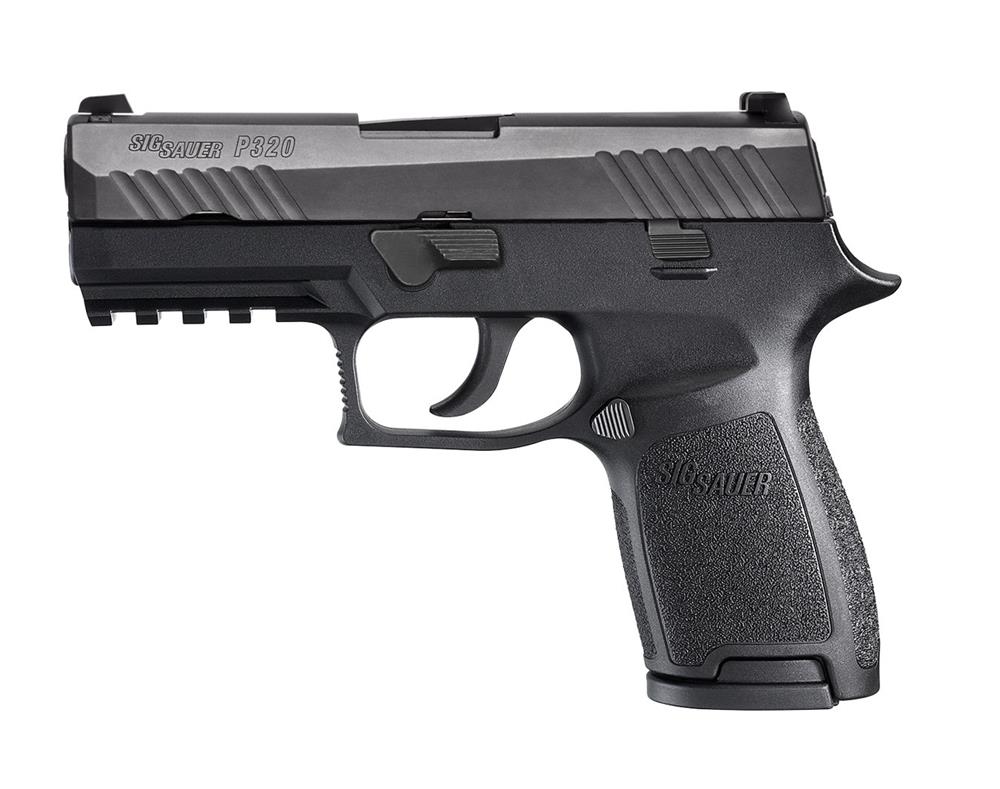
Many decades ago, Casare Baccaria forwarded the notion that punishment should be so severe it outweighs any possible gain from crime. While the criminal justice system has been bent and broken, in personal defense this is certainly one answer. When you choose a handgun, the overriding concern is reliability. How this is determined is by reputation and legitimate testing. As many of you realize, there are newsstand magazines that have never met a gun they did not like. There are others that may state that the gun gave a few problems but eventually it may prove to be a good choice.
There are proven handguns that have endured tremendous military and police testing. SIG went through a 700,000-round trial and before being chosen to arm every soldier, sailor, airman, and police officer in France. SIG also survived a test involving 19 handguns and 228,000 rounds of ammunition to become the standard issue of the Ohio State Patrol.
A similar path was followed by Texas in adopting its SIG model. Glock was adopted by the FBI after a rigorous course, and the Springfield FBI Bureau Model 1911 was adopted as its FBI SWAT pistol. CZ has passed similar European testing and the Beretta has passed U.S. Army trails. Unknown to many is the Arex Rex, which was recently adopted as the official pistol of Poland’s police. These manufacturers are certainly a good place to start.
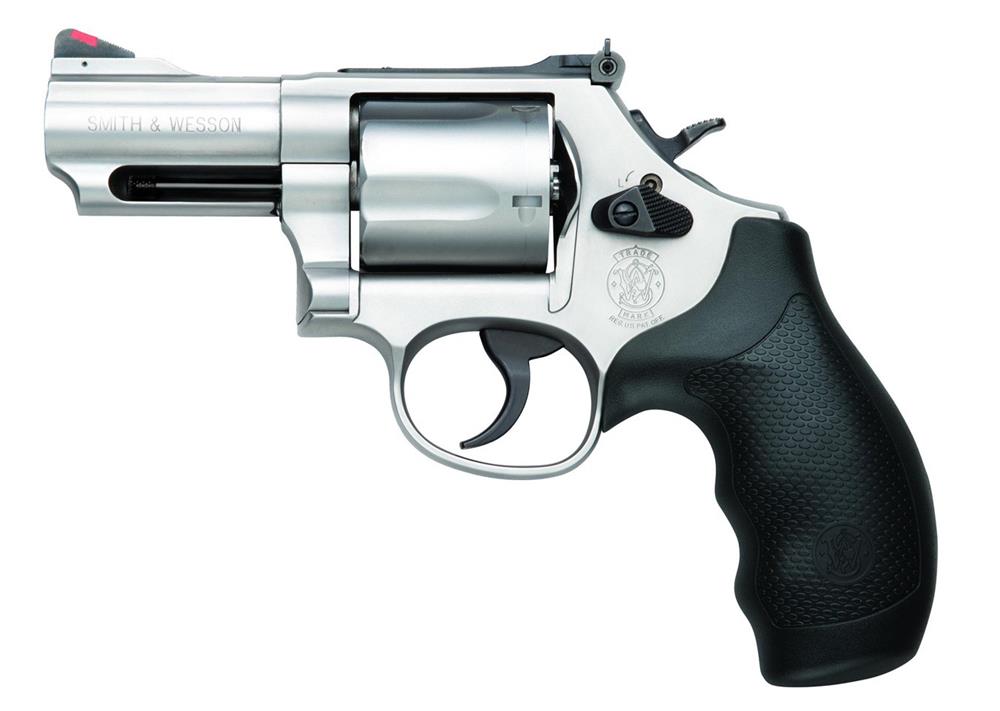
You must make a realistic assessment of the training program you are willing to undertake. Training will consume more time, energy, and funds than the initial handgun purchase. If you are not willing to invest the time and effort to master a self-loader, the revolver is a reasonable choice. After all, we would not keep a Harley Davidson in the garage that we had not ridden… just in case we might need to get somewhere in a hurry in the future, would we? If you are willing to go to the range once a month and fire 50 rounds, and engage in dry fire exercise often, then the self-loader has appeal.
The self-loader is flat and easily concealed. For home defense, size doesn’t matter as much. Choosing an action type has been covered in these pages before. However, if you are willing to master the double-action first-shot pistol or the cocked-and-locked 1911, you must put forth the time and effort.
I think one of the best choices for the average defense shooter is a SIG with the DAK trigger. This double-action-only trigger allows the shooter to feel confident in the safety of the handgun, but at the same time, it offers good hit probability for those who practice. For personal defense engagement ranges, this handgun—my version is the SIG P239—is plenty accurate. My SIG P239 is chambered for .40 caliber S&W. For some reason, perhaps spring technology; this .40 doesn’t kick as much as some in the weight class. It is usually loaded with the SIG Elite hollow point. I carry it in a Galco Stow and Go. This is simple workmanlike gear and every effective.
There is nothing wrong with the snub nose .38 Special for those who practice. The Smith and Wesson 442 is carried as a backup by many of my most experienced friends. Mine rides with me at all times and sometimes as the only handgun. I have two; one is a backup for the backup—just in case. The humpback design makes for comfortable shooting and the action is very smooth. Use light loads, such as the Winchester 158-grain RNL for practice. Mine is loaded with Winchester Silvertip at the moment.
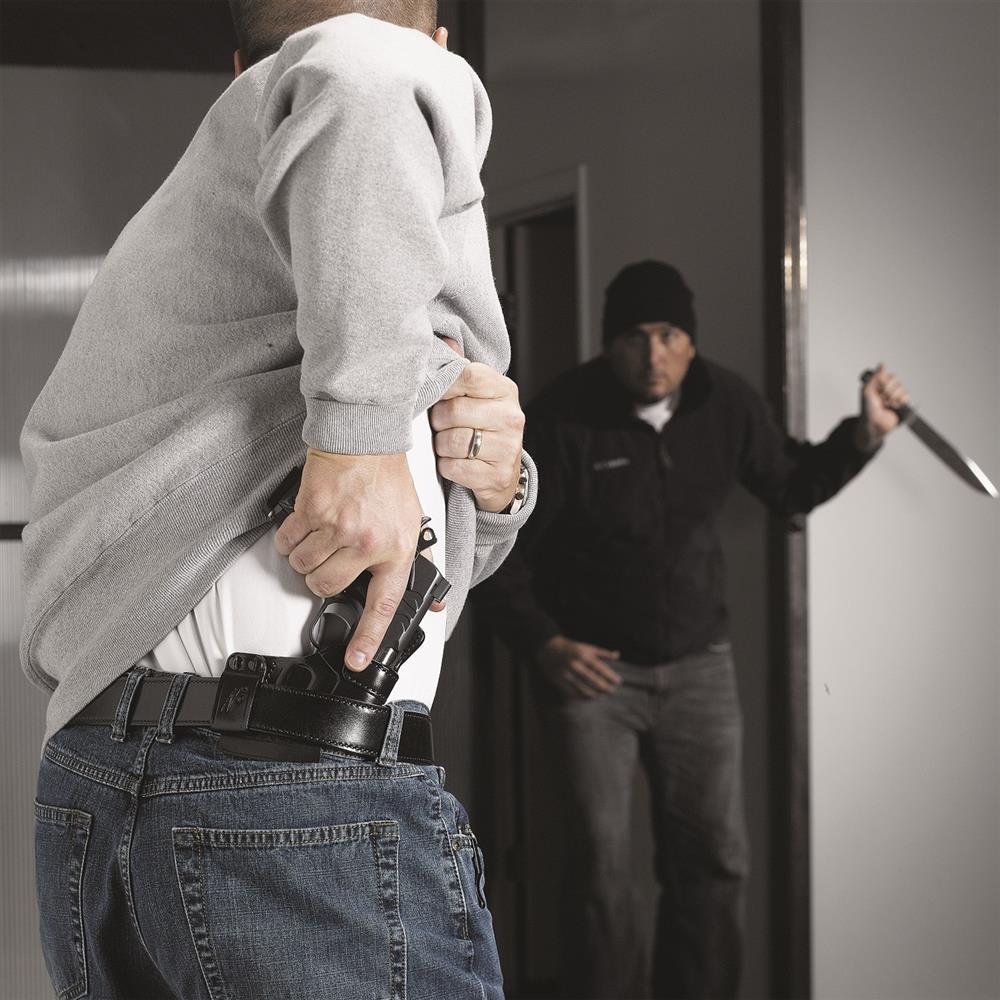
The Glock is a popular handgun that I consider a baseline. It is affordable and worth the extra effort to obtain over a cheaper gun. On the other hand, if a pistol costs more than the Glock, it should have advantages that justify the extra expense. So, the Glock is in the position of being a capable handgun in the hands of a shooter who is in the process of becoming a good shot, while a truly good shot, will also find the Glock suits his or her needs. There are more accurate handguns, and there are handguns I like better. If I were to have to run into a shop, pick up and load a pistol, and expect it to save it my life—a Glock would rank among the top of my list.
Choose a handgun based on your own experience and likely training time. Don’t choose a handgun to be like the other guy—even if you admire the gun or the person. Don’t carry the handgun expected of you. Make a choice that fits you as an individual. The more you are willing to practice, the more you may drift toward a superior handgun. The more you practice, the more formidable you will be with any handgun.
Author’s Tip
A few decades ago the FBI did a study and found that a handgun that weighs over 35 ounces becomes a drag on the pants after a few hours. Perhaps concealed carry handgun permit holders should consider 26 ounces as a reasonable top end.


